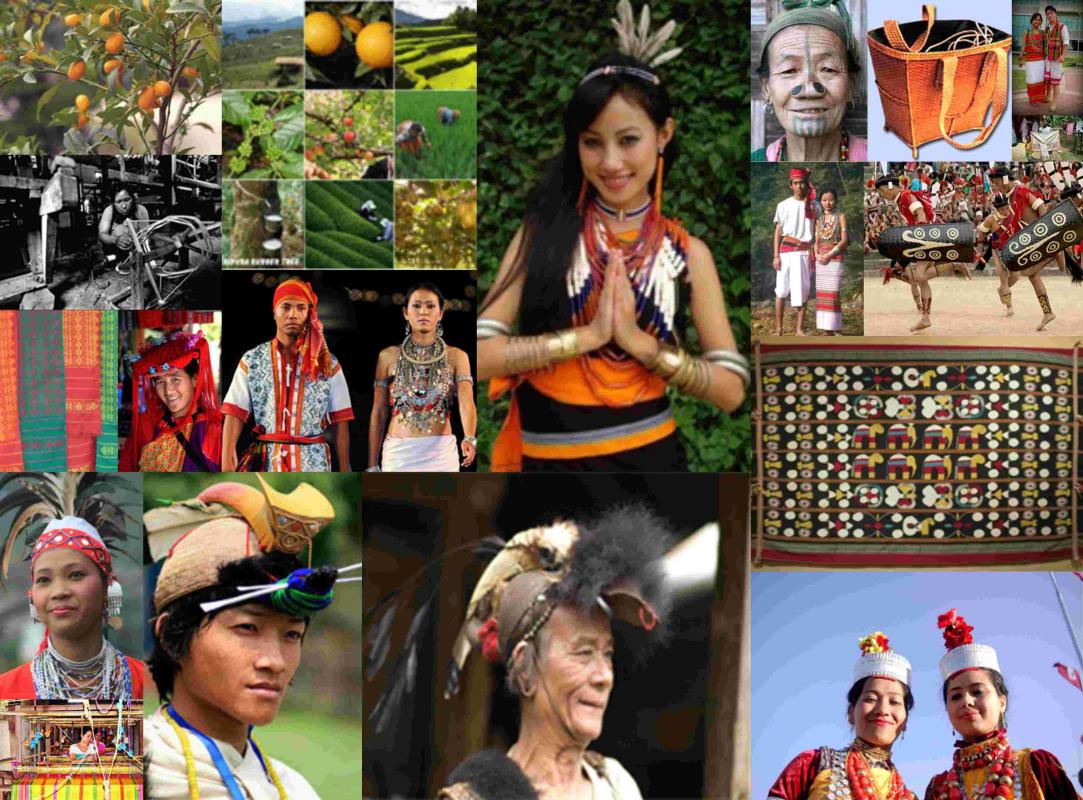Indian of North Eastern Origin

What does it feel like to share a national life along with those who do not share the same history? If history forms the foundation of our aspirations, looking to a future together is even tougher. Being a North-Easterner in India is more than just belonging to a different sphere within the contemporary national geography. Historical aloofness is the toughest of realities. Our history has shrunk down to an almost academic nonentity. Northeast history makes no sound in the noisy narratives of “mainstream history”. The rigorous interpretation and reinterpretation of history by the contemporary political ideologues is a new national passion. Every vestige of a particular era is brandished as the final proof of what actual India was like. The redefining of India goes on. One wonders that, if the definition of true India and by the same token, a true Indian, is carried out based on the colour and tone of a particular ancient culture, how many ethnic groups in India would actually qualify to be Indians. Even as we wish to get ahead in time, our cultural genes are being taken back in time for validation of their originality in terms of Indianness.
Recently I came to realize that there is now a categorization of Northeast Indians versus Desi Indians. I was more appalled than intrigued by the categorization. The term “desi” in British India times used to be applied to people from the Indian-subcontinent to distinguish them from Westerners. It alluded to being an original inhabitant of the land as opposed to those who came as colonialists. That was sort of the political implication of the term in those days. And it had a tremendous implication in the context of Indian Nationalism that was born against the backdrop of British colonialism. Now semantically, desi means “of the country”. There is also a subtle connotation of “the culture of the land of India”. There may be, perhaps, no ploy to render the Northeast people “non-desi” meaning “not of the land of India”. However, the fact that such a categorization happens so naturally, even without actually thinking it through, bares an underlying mindset that persists among Indians in general.
However the argumentation is carried out, there is a sharp distinction between the India that lies South West of West Bengal and the India that lies in the North East. There is a marked difference between the limits of the ‘diversity of India’ and the ‘diversity of Indianness’. India’s diversity is oceanic in its proportion and all-inclusive in its definition. However, it is just a concept caged in letters. What defines “Indianness” in the context of the real India that lives outside the constitutional definition is totally different. This description of Indianness does not accommodate the culture and spirituality of those societies that did/do not fall within certain geographic areas. Also, the problem with such hermeneutics is the overemphasis on certain aspects of Indian antiquity. A huge chunk of the population who lived within the bounds of contemporary India were more or just as antique, but the ancient Sanskrit writings do not represent their existentiality in any sense. They had their own language and belief systems. In other words, they did not possess any traits of Indianness as prescribed by Sanskrit narratives. Therefore, founding our nationalism on Sanskrit scriptures and sages will not only undermine the parallel existence of non-Sanskrit speaking ancient societies but will also end up changing Indian diversity into uniformity.
Jiwan Rai
To read the further article please get your copy of Eastern Panorama March issue @http://www.magzter.com/IN/Hill-Publications/Eastern-Panorama/News/ or mail to contact @easternpanorama.in


